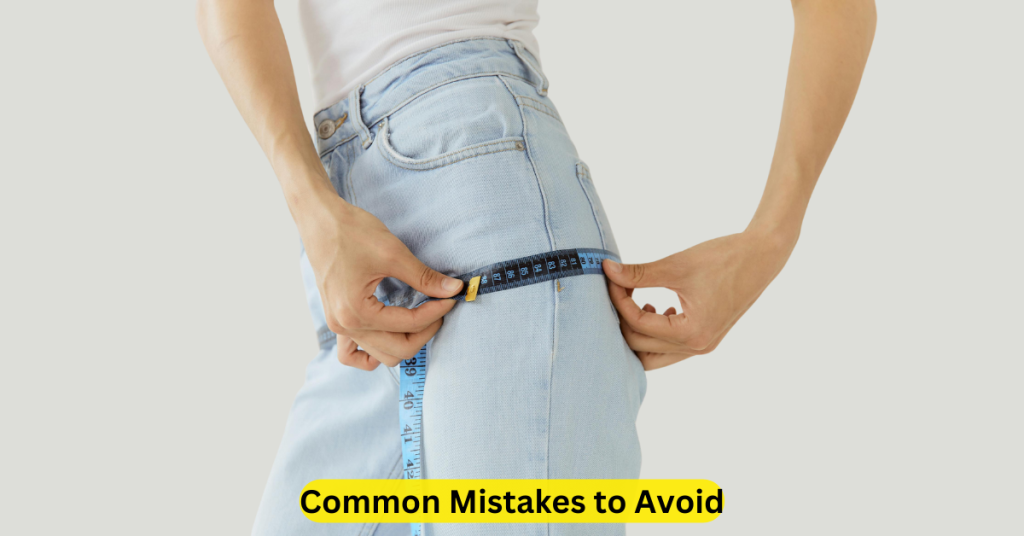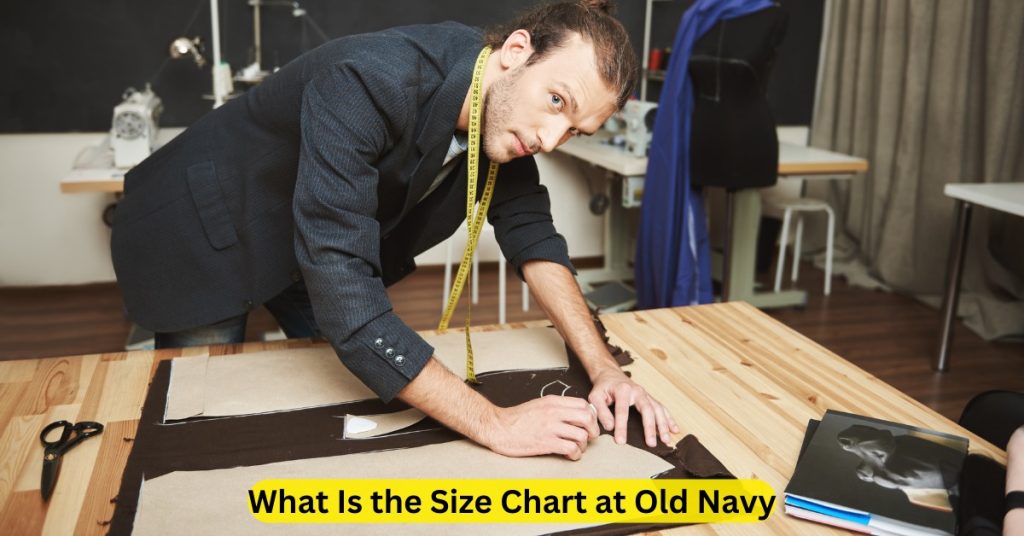How to Read Chinese Pants Size Chart
Ever shopped online and found the perfect pair of pants, only to realize the size chart looks completely foreign? Welcome to the world of Chinese pants sizing—a system that can be as confusing as deciphering ancient hieroglyphs if you’re not prepared. But don’t worry, once you understand the basics, it’s as easy as pie!
Why Understanding Chinese Sizing Matters
Chinese brands often use a sizing system that’s quite different from what you’re used to. Without understanding it, you might end up with pants that are either way too tight or look like they belong to someone twice your size. Decoding it ensures you get a perfect fit, saving you the hassle of returns.To understand sizing across various regions, be sure to check out our Pant Size Chart, which compares sizes from US, UK, EU, and more.
Looking for the perfect fit? Check out these Best-Selling Chinese Pants.

Common Challenges with Chinese Pants Sizes
The most common issue? Chinese sizes tend to run smaller than Western ones. That “Large” you’re used to could feel more like a “Medium” or even “Small.” Additionally, size labels sometimes only show numbers (e.g., 165/68A), which can be baffling without a guide.
Basics of Chinese Sizing

Differences Between Chinese and International Sizes
Chinese sizes are usually based on centimeters and follow a numeric system. For instance, “165/72A” might appear on a label. Here’s what it means:
- 165 refers to height in centimeters.
- 72 is the waist measurement in centimeters.
- A indicates the body shape (A=regular, B=slim, C=plus-size).
Key Measurements in a Chinese Size Chart
To navigate these charts, you’ll need three primary measurements:
- Waist
- Hips
- Length (inseam)
Always measure yourself first to match your size accurately.Not sure how to take the right measurements?
Check out our Pant Size Chart for a quick reference on how to measure for the perfect fit.
How to Take Accurate Measurements
Tools You’ll Need
- A soft measuring tape
- A notebook to jot down measurements
- A friend for assistance (optional but helpful)
Steps for Measuring Waist, Hips, and Length
- Waist: Wrap the tape around your natural waistline (just above the belly button).
- Hips: Measure around the widest part of your hips.
- Length: Start at the crotch and measure down to your ankle.
Write these numbers down—they’ll be your golden ticket to finding the right size.
Decoding a Chinese Pants Size Chart

Size Labels (e.g., M, L, XL)
Chinese sizing often uses labels like M, L, or XL, but these aren’t universal. Always cross-check with the specific brand’s size chart to avoid surprises.
Conversion Table for Chinese to US/UK/EU Sizes
| Chinese Size | US Size | UK Size | EU Size |
| 165/72A | S | 8 | 36 |
| 170/76A | M | 10 | 38 |
| 175/80A | L | 12 | 40 |
Use this table as a quick reference when shopping online.
Tips for Online Shopping
Reading Product Descriptions Carefully
Brands often list additional measurements. Pay attention to terms like “stretch” or “slim fit.”
Checking Customer Reviews
Customer reviews are gold! They often include insights about sizing, fit, and quality.
Communicating with Sellers
When in doubt, ask the seller directly. Most are happy to clarify sizing queries.
Adjusting for Body Shape
Considerations for Different Fits
Whether you prefer skinny jeans or a relaxed fit, always factor in your body shape. Slim fits might feel tighter, while relaxed styles could require downsizing.
Altering Pants Post-Purchase
If the size is close but not perfect, consider taking your pants to a tailor. It’s often an affordable fix!
Common Mistakes to Avoid

Ignoring Size Details
Always read the size chart. Skipping this step could mean disappointment.
Overlooking Fabric Stretch
Pants made of stretchy materials like spandex might fit differently than non-stretch fabrics.
Frequently Asked Questions
- How do I measure myself for Chinese pants sizes?
Use a soft tape measure to take your waist, hip, and inseam measurements in centimeters. - Are Chinese pants sizes smaller than US sizes?
Yes, they typically run smaller, so check the size chart and consider sizing up. - What should I do if my measurements fall between two sizes?
Opt for the larger size, especially if the fabric isn’t stretchy. - Can I return Chinese pants if they don’t fit?
Most sellers accept returns, but check their return policy before purchasing. - Do Chinese pants size charts vary by brand?
Absolutely! Always refer to the specific brand’s size chart for accuracy.
Conclusion
Navigating Chinese pants size charts doesn’t have to be a headache. With a little patience and the right measurements, you can confidently shop for the perfect fit. Now that you’re equipped with this guide, those confusing size labels will feel like second nature.





